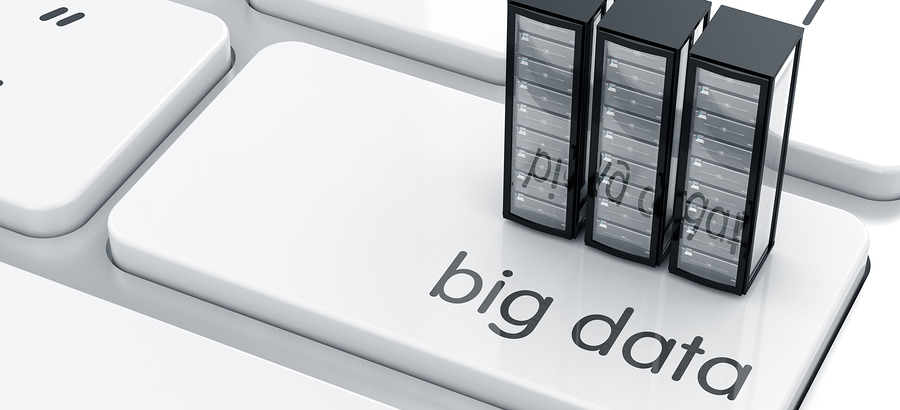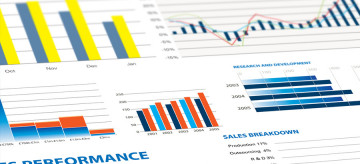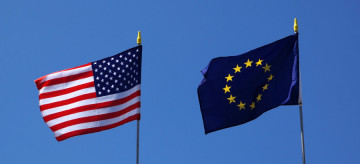- Advertising
- Bare Metal
- Bare Metal Cloud
- Benchmarks
- Big Data Benchmarks
- Big Data Experts Interviews
- Big Data Technologies
- Big Data Use Cases
- Big Data Week
- Cloud
- Data Lake as a Service
- Databases
- Dedicated Servers
- Disaster Recovery
- Features
- Fun
- GoTech World
- Hadoop
- Healthcare
- Industry Standards
- Insurance
- Linux
- News
- NoSQL
- Online Retail
- People of Bigstep
- Performance for Big Data Apps
- Press
- Press Corner
- Security
- Tech Trends
- Tutorial
- What is Big Data
Big data in use…the World Cup
We’ve written before about the use of big data in sport, but with the World Cup in full swing we wanted to turn our attention to how big data is playing a role in the world’s premier sporting event. This will include how brands can make best use of social data generated during games, how big data be used to predict outcomes and even how teams are using data sets to prepare for matches.

We’ve written before about the use of big data in sport, but with the World Cup in full swing we wanted to turn our attention to how big data is playing a role in the world’s premier sporting event. This will include how brands can make best use of social data generated during games, how big data be used to predict outcomes and even how teams are using data sets to prepare for matches.
The ‘social’ World Cup…or the ‘big data’ World Cup?
It has been said that this World Cup will be the most social sporting event in history and the early signs would certainly appear to back that up. The opening match – Brazil vs Croatia – saw an astonishing 12.2M Tweets during the game. But with brands vying for attention and trying to capitalise on this social big data, the role of the social analytics provider comes to the fore.
Of course, the key to unlocking the potential of social media data, lies in effective analytics. But such analytics requires a lot of computing power and the right infrastructure to deliver that insight. This is especially true when it comes to events that create sudden and dramatic spikes in social activity, such as the World Cup.
Scalability becomes particularly important and more performance can be required at almost a moment’s notice, as spikes occur even within a game when players score. Social media analytics providers need to guarantee a responsive and cost effective service at such times. The best way to approach this is via bare metal cloud services, where performance is not impaired by any external factors, such as virtualisation.
World Cup big data provides major opportunities for brands and for the analytics providers that work with them. But if an analytics provider’s infrastructure can’t handle the additional pressure then that insight could be lost.
Does big data provide big performance?
Most teams at the World Cup will deploy data sets in one form or another – which opponents fade in the last minutes of a match in humid conditions, where are certain players most likely to place a penalty – if they aren’t doing so then they are missing a major trick.
SAP for example, is helping Germany by providing them with real-time data based on video analysis from cameras around the field. But while Germany have made a great start to the World Cup it would be impossible to attribute that to the team’s use of big data. Germany has had a strong team for a number of years and has a vast pool of players to choose from. There is also a major element of intuition in football – all the data analysis in the world can’t legislate for a rival manager making a decision from left-field. But where big data can make a difference is in reinforcing and supporting intuition, with managers using data to help them make a key decision.
Big data – predicting results
In the previous World Cup in 2010, an Octopus called Paul hit the headlines, garnering global attention for his ability to predict the results of matches. Good fun for sure, but obviously not a data-drive exercise!
That’s in sharp contrast to Splunking the World Cup 2014: Real Time Match Analysis. This is a project that deploys Splunk to examine the massive volumes of information being streamed from the tournament, focusing on real-time match updates; including teams, scores, and match locations. Can this data analysis be used to answer questions such as ‘does the number of goals scored during the game have any correlation to the heat?’ or ‘does distance travelled by teams before the match impact the final score?’
As ever, the key to this is the ability to crunch data sets in real-time and the best way of doing this is to use a big data infrastructure like our bare metal solution, capable of crunching big data at high speed. Big data is being deployed in a manner of ways during this World Cup, but it’s important to remember the infrastructure needed to manage it. World Cups only come once every four years, don’t miss your big data goal because of a lack of computing power!
Readers also enjoyed:

Data Driven Digital Marketing - How Hadoop Can Help


Leave a Reply
Your email address will not be published.